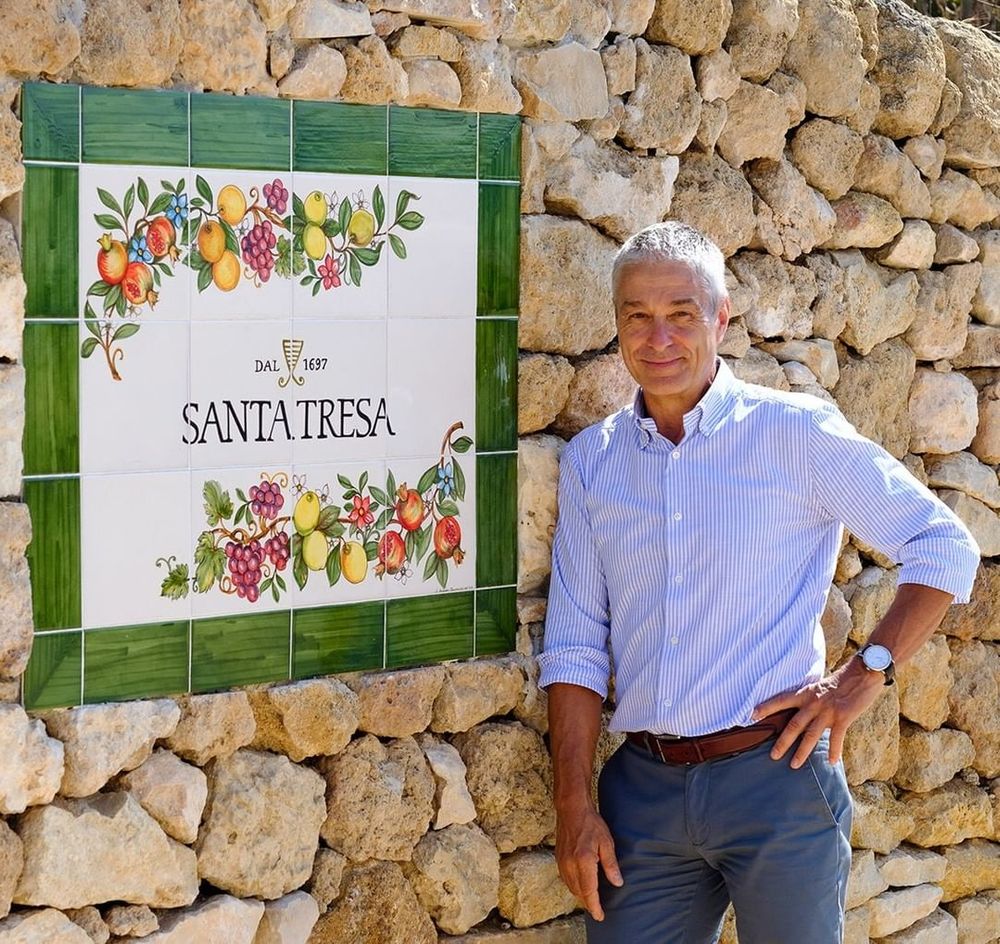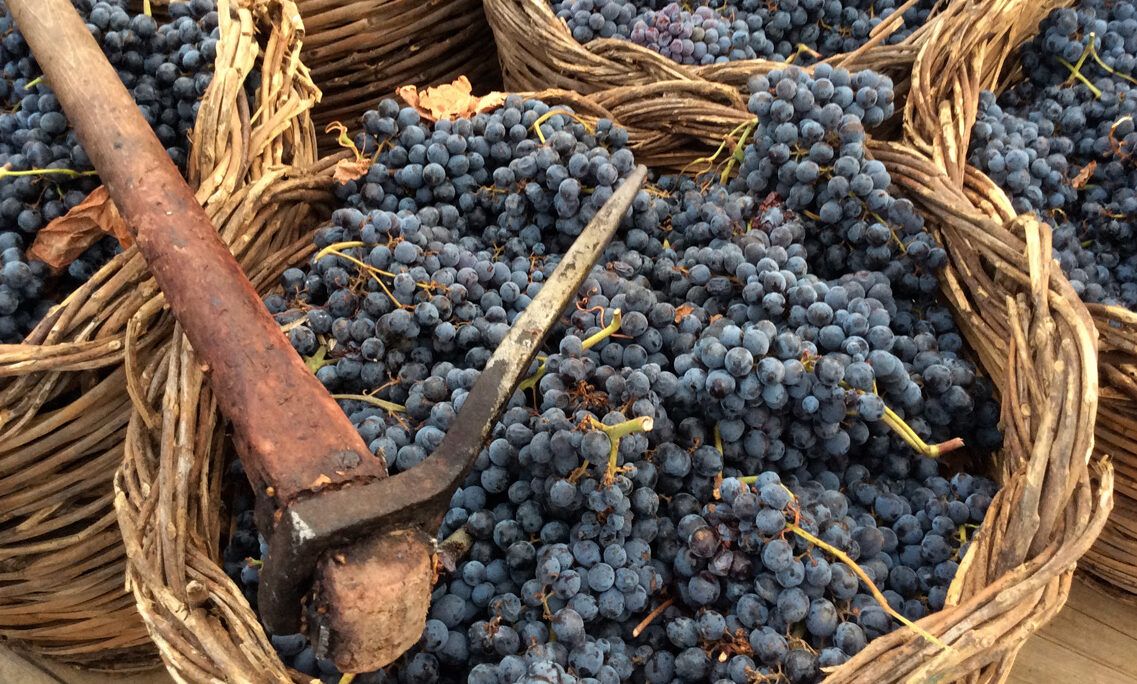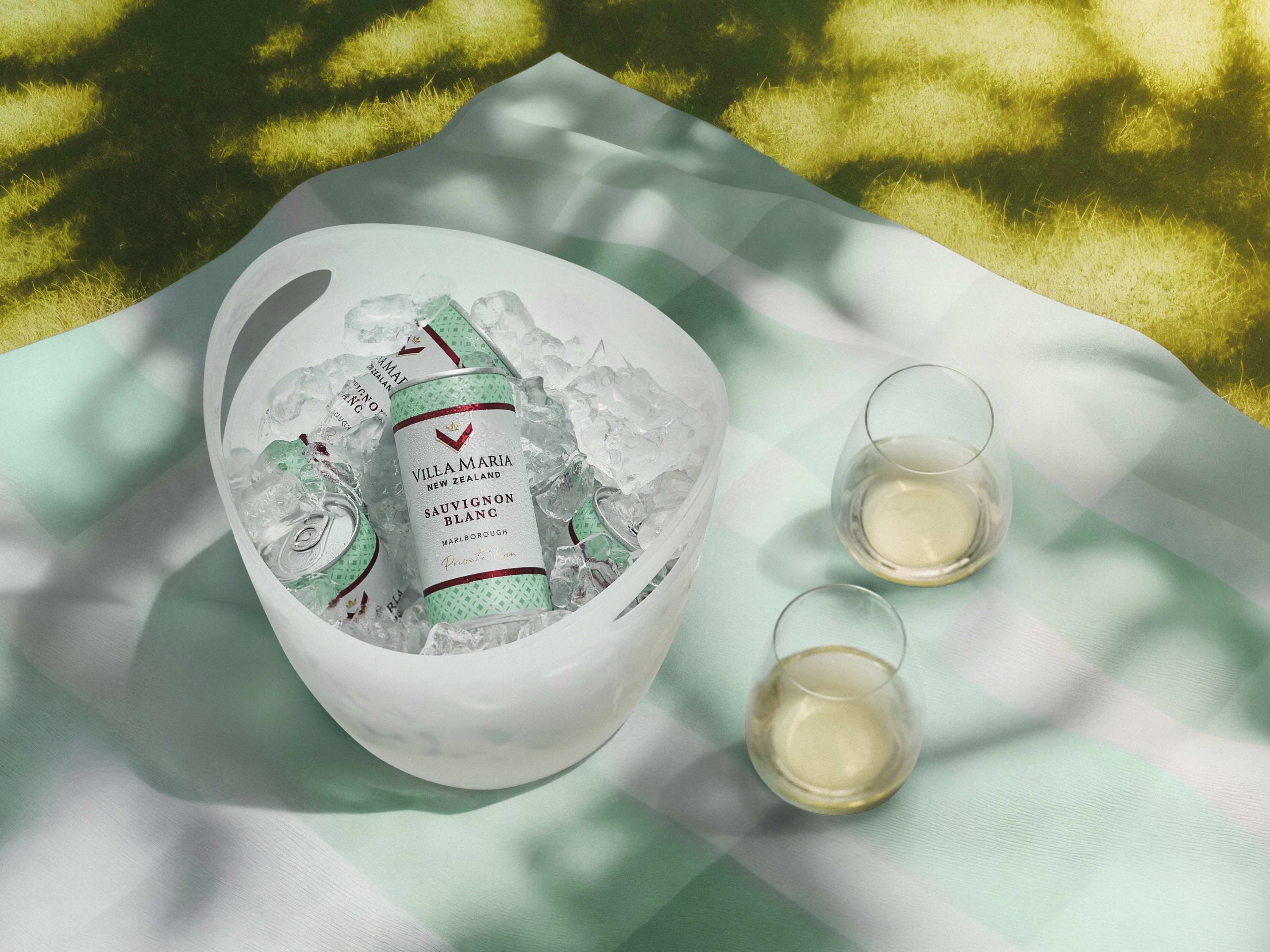“For importers wanting to add novelty, interest and value to their Italian list, Cerasuolo di Vittoria really is well worth a look,” writes Keay.
Here’s a great question for an oenophile pub quiz (assuming such a thing exists, which it should, really): what is Sicily’s first, indeed only DOCG, out of the 77 officially designated across Italy?
Could it be Etna, one of Italy’s most exciting and innovative regions, with dynamic winemakers making ever more impressive wines in the volcanic soil, from Nerello Mascalese, Nerello Cappucio and Carricante? Or maybe Marsala in western Sicily, a name everyone knows and once the go-to place for desert wine, though now admittedly rather out of fashion.
Well, it’s neither.

The answer is Cerasuolo di Vittoria, near the towns of Vittoria and Ragusa in the south-east of the island. It first won DOCG status in 1973 before this was extended to cover a wider area in 2005, although it still remains relatively small with 141 hectares with one of the lowest yields of any DOCG (6933 bottles per hectare). If you have never or perhaps only maybe vaguely heard of it, you’re not alone.
“It’s true we are not very well known by the consumer, even within Italy. I really hope this changes and people see a lot more of our wines, because the region really needs to be recognised as unique and special,” says Stefano Girelli, an organic producer at Feudo Santa Tresa and more recently the close-by Cortese winery, which he bought in 2018.
Girelli was speaking to a group of journalists at a Zoom tasting organised by PR firm Dillon Morrall to spread the word.
We learned that the region’s Consorzio was set up 20 years ago, and that it has 25 members. We learned that “Cerasuolo di Vittoria” was first used to describe a wine in 1950 by Giusseppe di Matteo. We also learned that this is a region of great biodiversity and microclimates – something I noticed on my visit there several years ago – with wine-growing terrain that stretches from sea-level to 600m above it. As Girelli emphasises, this all encourages winemakers to produce wines of great versatility and quality.
Most importantly, of course, we learned that Cerasuolo di Vittoria must be a blend of earthy, often hefty Nero d’Avola (between 50-70% of the wine) – which may or may not have originated in this region and apparently shows greater expression than from other areas of Sicily – and fragrant, lighter and more ethereal Frappato (30-50%). Precise ratios are the choice of the winemaker and the vintage, with Frappato picked earlier than Nero d’Avola. Oak is rarely used with most winemakers preferring to use stainless steel to get better and more pure fruit expression.
“All the producers here have their interpretations of what Cerasuolo di Vittoria should be, there is a lot of diversity amongst the wines,” says Girelli.

So how did these wines taste?
First up, a wine I’ve tried earlier vintages of before, Donnafugata’s Floramundi 2019, introduced to us by co-owner José Rallo, who points out that its colourful label reflects the wines’ name – World of Flowers. This vintage is 60/40 Nero/Frappato, and the result is a light, almost playful wine with intense ruby red fruit, floral notes and white pepper dominant, and soft, well integrated tannins.
“We use stainless steel tanks for ageing because the key is to preserve all the original grape flavours,” she says, suggesting this has resulted in an easy drinking almost aperitif-style wine that shows best at around 14 degrees.
“This is a very different style of wine for us,” she says.
Donnafugata, which produces wines across Sicily, and whose name was inspired by The Leopard, Giuseppe di Lampedusa’s iconic novel of nineteenth century Sicily, has demonstrated its commitment to the region. In 2016 it opened its fifth winery in the village of Acate, ten kilometres from Vittoria, in the heart of the Cerasuolo di Vittoria DOCG.

It was intriguing to compare this wine with Tenuta Valle delle Ferle’s Cerasuolo di Vittoria 2017, in part because of the earlier vintage but also because the latter wine comprises the two varieties in equal balance. Unsurprisingly, the Frappato was more evident here with winery spokesman Giuseppe lo Nigro stressing the balance of the wine, which he says is a perfect accompaniment to fish or pork dishes.
And even more with the next, Terre di Giurfo’s Maskaria Cerasuolo di Vittoria 2017, where again the focus was on freshness. Made with fruit grown at 500m above sea level and then aged in stainless steel, the wine’s name – Maskaria – reflects the varieties “uniting and masking” in perfect harmony. Dark cherry red, with blackberry and raspberry on the palate, this felt a bit heavier and more mature than the other wines, with the lift often given by Frappato less evident on the palate. But drinking very well.
Which brings us to Stefano Girelli’s two wines, stylistically different from most of the above and also from each another.
Santa Tresa first produced a Cerasuolo di Vittoria back in 1950, making it one of the first producers of the wine. His organic Santa Tresa 2018 is a joy, lots of spicy dark red fruit on the palate here but underpinned by strong acidity supporting a well balanced wine, slightly floral with freshness to the fore. At 14% this had the highest alcohol of the wines we tasted, but with soft tannins and lots of freshness on the palate really it didn’t show.
Girelli says the vineyard’s red sandy soils and his organic approach to winemaking – with all the grapes hand-picked – are both key to the wine’s character.
“Sicily’s climate and soils make it perfect for organic winemaking and for producing consistent and high quality wines. Really there is no future here unless we stop using pesticides,” he says.

Stefano Girelli
Santa Tresa is unusual in that it does see some oak – the Nero d’Avola, 60% of the blend, undergoes 15 days of maceration before spending 9-12 months in a barrel, and then nine months in bottle pre-release.
“It’s vital to pick the grapes at the right time and not let them become overripe,” he says, stressing this is a wine to be valued for its freshness, probably showing best when slightly chilled.
It’s almost the polar opposite of Girelli’s other wine, the Cortese Sabuci 2017, produced at the Cortese winery he purchased five years ago from the previous owner, a “very proud lady”.
Though just eight kilometres from Santa Tresa, and in the historic Classico part of Cerasuolo di Vittoria, Girelli says the property has a completely different microclimate and soils. The result is a completely different wine, dark coloured and surprisingly full bodied, with notes of chocolate, some liquorice and pepper on the palate. An equal blend of Frappato and Nero D’Avola, it is well balanced with nice acidity and quite dominant tannins (Girelli calls it a “more masculine” wine than Santa Tresa). For me, though, the fruit didn’t show so well despite the extended maceration of the Nero D’Avola and the Frappato staying on the skins in terracotta amphora for one year.
Girelli himself describes it as “a work in progress – it also needs more time to show properly”, and it’s hard not to agree especially because with a RRP of £21 it is getting on for more than twice the price of Santa Tresa at £12. This is just the second vintage of Sabuci and Girelli is clearly working out where to take this historic property and its wine – future vintages will probably show a more clearly defined style.

And at last to Horus‘s Pittore Contadino Cerasuolo di Vittoria Classico 2018, with its striking, mega-colourful Picasso-esque label that recalls the region’s agricultural traditions. This was meant to be the sixth wine of the Zoom tasting but got stuck in customs, another sorry victim of Brexit. Rather a shame, because this organic wine is a great example of Cerasuolo di Vittoria Classico, 50/50 Nero D’Avola/Frappato, with a smoky, spice-filled nose. The wine is medium bodied, the colour garnet red with a substantial palate showing spice, some tobacco and plenty of red fruit. This is a well balanced wine with soft tannins and nice acidity, suggesting a decent ageing potential. Horus is owned by the Giudice family who on their website describe wine as “bottled poetry”. I’m not going to argue with that.
In conclusion….
So six very different wines, most in a contemporary style – easy tannins, with moderate acidity, little or no oak, not too hefty in alcohol – that is a style increasingly in vogue amongst wine drinkers. Yet only three are imported, Donnafugata by Liberty Wines (RRP £24) and the two Girelli wines by North South. For importers wanting to add novelty, interest and value to their Italian list, Cerasuolo di Vittoria really is well worth a look. And not just because um, it’s Sicily’s only DOCG.










































